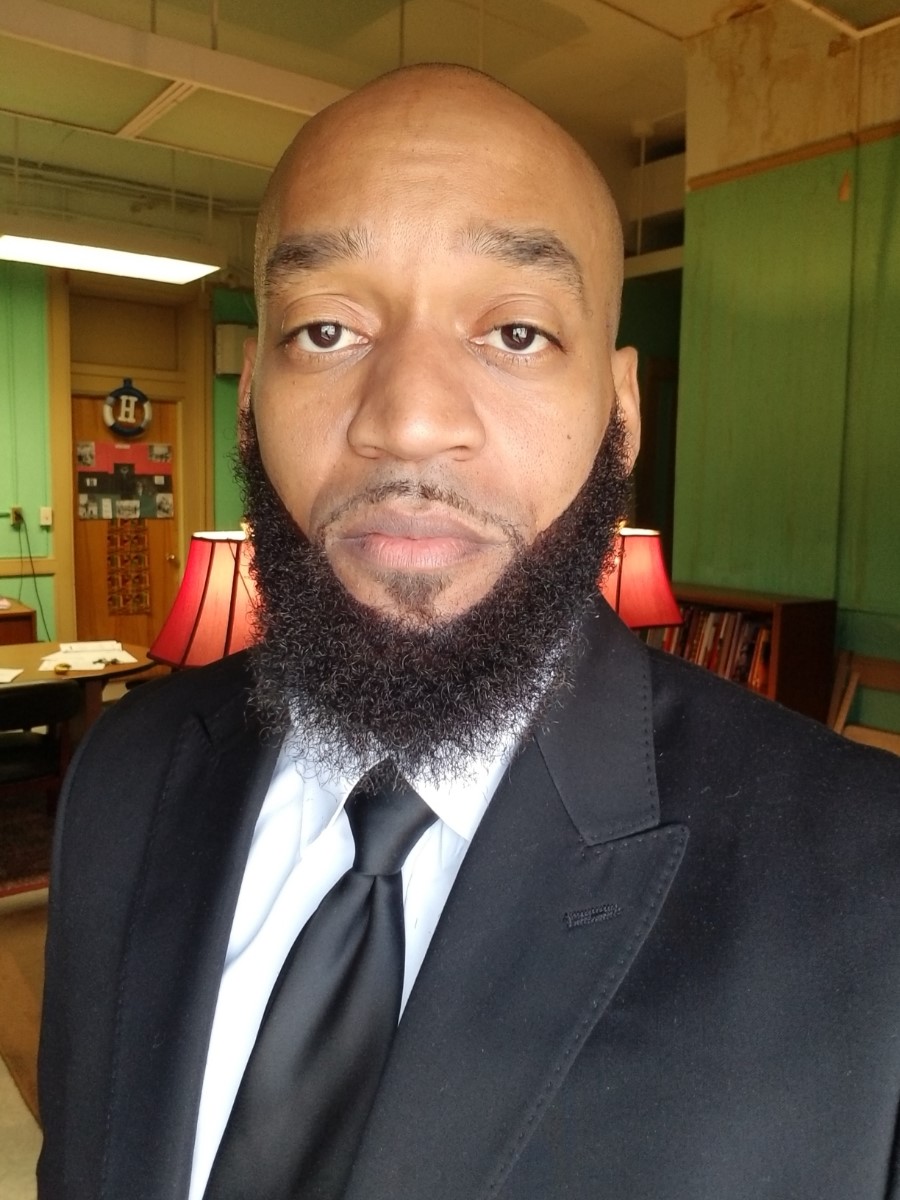
Oluwatoyin Ajilore-Chukwuemeka
The Importance of Education in Nigeria’s Socioeconomic Development
With over 60 per cent of her people below 35, Nigeria is a population with bustling youthful energy. This implies that there is a lot of human capital that can be captured for the country’s socioeconomic development. The World Bank defines human capital as consisting of the knowledge, skills, and health that people invest in and accumulate throughout their lives, enabling them to realise their potential as productive members of society.
However, the conversation on human capital transcends just the presence of humans to their level of productivity, which includes their skills and capacities to produce socioeconomic outputs. This is where the education sector comes in.
Education stands as a crucial supplier of human capital. The education sector should equip people with the necessary skills and refine their intellectual capacity so that they can meaningfully contribute to their communities and nation.
Well-educated people should be able to lead meaningful personal lives, solve problems in their communities, and help improve the quality of life in the nation with their skills and knowledge while being agents of social cohesion. It is no news that the education sector in Nigeria is marred with several challenges that have adversely impacted Nigeria’s human capital. As of 2020, Nigeria has a Human Capital Index pegged at 0.36 by the World Bank, ranking it 168th of 173 countries globally. This was up from 0.34 in 2018 which ranked the country as the 152nd of the 157 countries surveyed. The slow growth of Nigeria’s human capital index can be assigned to the ever-increasing challenges in the realities of educating the Nigerian populace.
The Tripartite Challenges
The multifaceted challenges of education in Nigeria can be mapped into three major categories: The Access Gap; Quality Gap, and Outcome Gap
- The access gap details the multilayered roadblocks that the Nigerian populace has in accessing the form of education that is required for proper skill-building at their level.
- The quality gap aggregates the many-sided problems of low quality of the current education system that is accessible.
- The outcome gaps detail the realities of meagre skills and capacities of the graduates of the educational system and the human capital implications of this reality.
Understanding the Access Gap
Low access to education is a challenge that looms over all the tiers of education and affects all demographic classes. The access gap can be grouped into three major issues:
Out-Of-School Children
Out of the 244 million out-of-school children (OOSC) worldwide in 2021, UNESCO estimated OOSC aged 6-18 in Nigeria at 20 million. This is up the 13.7 million mark reported by World Bank in 2013. This makes 1 of every 12 out-of-school children in the world to be a Nigerian. As of 2019, the gross enrollment rate in primary school is 68 per cent of children at the required age, while it stood at 54.4 per cent for secondary school. However, this does not fully reflect the differences in the geopolitical realities as the net primary school attendance rate plummets to 53 per cent in Northern Nigeria, according to UNICEF. From a gender stance, the situation worsens as more than half of the girls in North East and North West Nigeria are not in school, with some states in the region recording as low as 47.3 per cent female primary net attendance.
The causes of the OOSC challenge are both general and specific to geopolitical regions. Generally, children’s access to education is obstructed by poverty and an inadequate amount of schools and learning facilities. Viewed from the geopolitical angle, the roadblocks become more diverse and unequally intensified.
The Northern regions are plagued with several socio-cultural challenges, with insurgency being a leading factor. For example, reports show that in 2021 alone, there were at least 25 terrorist attacks on schools in the North leading to the abduction of 1,440 children, while at least 16 children were killed. In March 2021, about 618 schools were shut down in Kano, Niger, Katsina, Sokoto, Zamfara, and Yobe states, over the fear of attack and abduction of students and staff. Other issues included the perception of schooling as inherently Western and thus a poor reflection of immediate culture; poor perceptions of the female gender and religious sentiments.
The socio-cultural challenges in the Southern Region include the lack of foster care as seen, for example, in the growing number of street children. Other causes are the poor perception of the need for formal education in light of the rising rate of youth unemployment; and child labour issues where the child is expected to be an economic contributor to the family.
Efforts to address the OOSC conundrum are ongoing at various tiers of government in partnership with local and international organisations. Examples include the federal government-sponsored Almajiri Education Program (AEP) aimed for deployment in 19 northern states.
The goal of AEP is to improve access for vulnerable groups in the delivery of Universal Basic Education (UBE), especially the Almajiri, and learners in the Qur’anic schools, through remodeling the Qur’anic education to provide access and equity to Basic Education. Another initiative is the Better Education Service Delivery for all (BESDA), a World Bank-supported program that is jointly implemented by the Federal and State Governments in Nigeria. BESDA aims at bringing out-of-school children into the classroom, improve literacy, and strengthen accountability for results in basic education. In 2017, the World Bank provided $611 million in credit for BESDA.
The rising number of out-of-school children indicates that despite the efforts, there remains the need to ramp up new and more innovative ways to address access to education, particularly for out-of-school children.
Low Completion Rate
The Universal Basic Education Commission (UBEC) in its 2018 Education Profile Indicators reported that only 86.81 per cent of entrants complete primary school. This represents the best case situation as early education completion stands at 35.47 per cent; while secondary education completion rate stands at 42.27 per cent. Just like the out-of-school situation, the national average figures do not fully reflect the situation across all geopolitical zones as primary school completion in North Central, for example, stands at 63.84 per cent.
However, in the same 2018, UNESCO reported the primary school completion rate at 70.80 per cent while pegging the junior and senior secondary completion rates at 62.46 per cent and 49.30
SDGs, Targets, and Indicators
-
SDG 4: Quality Education
- Target 4.1: By 2030, ensure that all girls and boys complete free, equitable and quality primary and secondary education leading to relevant and effective learning outcomes.
- Indicator 4.1.1: Proportion of children and young people (a) in grades 2/3; (b) at the end of primary; and (c) at the end of lower secondary achieving at least a minimum proficiency level in (i) reading and (ii) mathematics, by sex.
- Indicator 4.1.2: Participation rate of youth and adults in formal and non-formal education and training in the previous 12 months, by sex.
-
SDG 10: Reduced Inequalities
- Target 10.2: By 2030, empower and promote the social, economic and political inclusion of all, irrespective of age, sex, disability, race, ethnicity, origin, religion or economic or other status.
- Indicator 10.2.1: Proportion of people living below 50 percent of median income, by age, sex and persons with disabilities.
Analysis
The article addresses the challenges in the Nigerian education system and their impact on human capital development. Based on the content of the article, the following analysis can be made:
1. SDGs Addressed
The issues highlighted in the article are connected to SDG 4: Quality Education and SDG 10: Reduced Inequalities. SDG 4 focuses on ensuring inclusive and equitable quality education and promoting lifelong learning opportunities for all. SDG 10 aims to reduce inequalities within and among countries.
2. Targets Identified
Based on the article’s content, the following targets can be identified:
- Target 4.1: Ensuring all girls and boys complete free, equitable, and quality primary and secondary education leading to relevant and effective learning outcomes.
- Target 10.2: Empowering and promoting the social, economic, and political inclusion of all, irrespective of age, sex, disability, race, ethnicity, origin, religion, or economic or other status.
3. Indicators Mentioned or Implied
The article mentions or implies the following indicators that can be used to measure progress towards the identified targets:
- Indicator 4.1.1: Proportion of children and young people achieving at least a minimum proficiency level in reading and mathematics.
- Indicator 4.1.2: Participation rate of youth and adults in formal and non-formal education and training.
- Indicator 10.2.1: Proportion of people living below 50 percent of median income, by age, sex, and persons with disabilities.
Table: SDGs, Targets, and Indicators
| SDGs | Targets | Indicators |
|---|---|---|
| SDG 4: Quality Education | Target 4.1: By 2030, ensure that all girls and boys complete free, equitable and quality primary and secondary education leading to relevant and effective learning outcomes. |
|
| SDG 10: Reduced Inequalities | Target 10.2: By 2030, empower and promote the social, economic and political inclusion of all, irrespective of age, sex, disability, race, ethnicity, origin, religion or economic or other status. |
|
Behold! This splendid article springs forth from the wellspring of knowledge, shaped by a wondrous proprietary AI technology that delved into a vast ocean of data, illuminating the path towards the Sustainable Development Goals. Remember that all rights are reserved by SDG Investors LLC, empowering us to champion progress together.
Source: thisdaylive.com

Join us, as fellow seekers of change, on a transformative journey at https://sdgtalks.ai/welcome, where you can become a member and actively contribute to shaping a brighter future.






